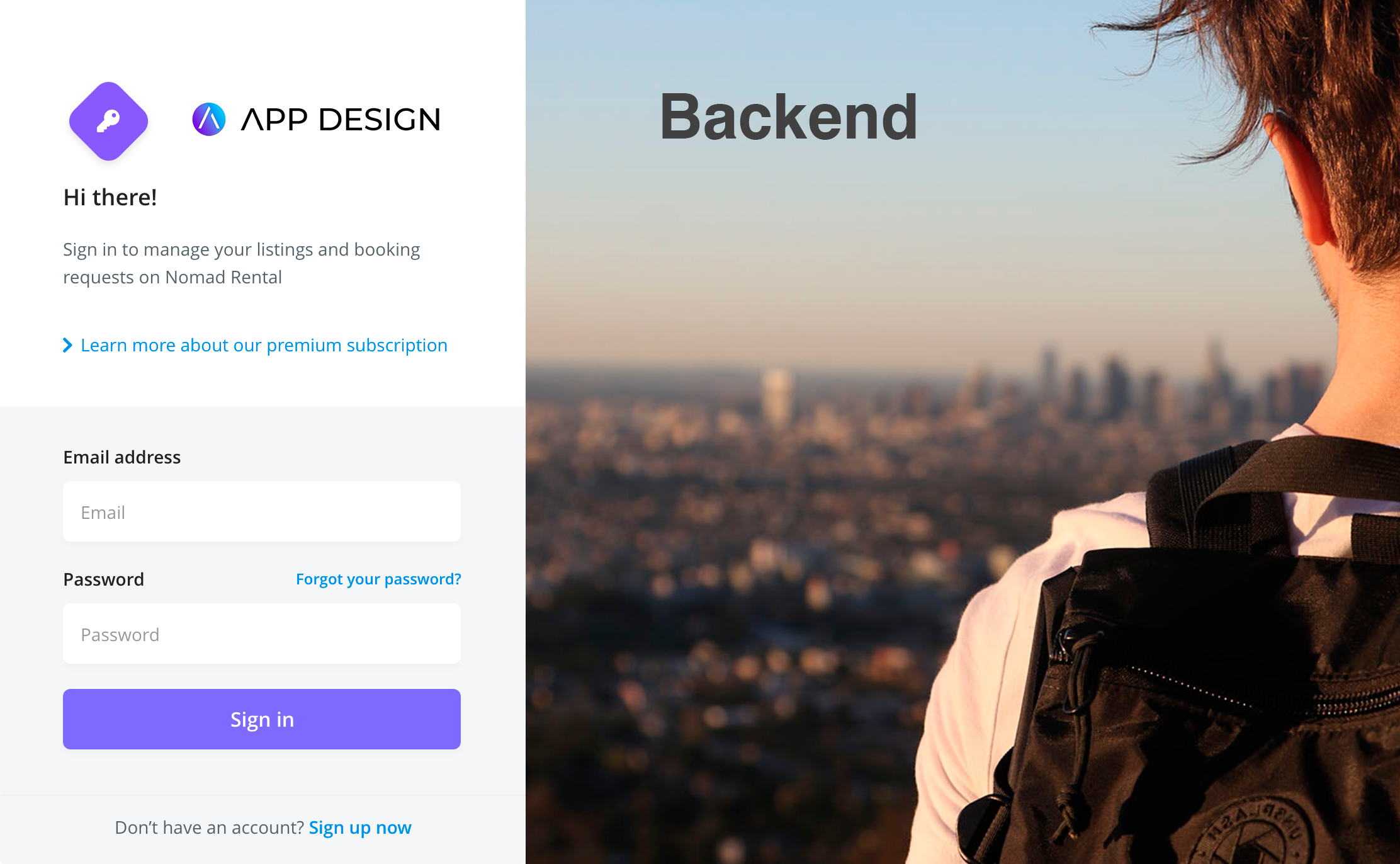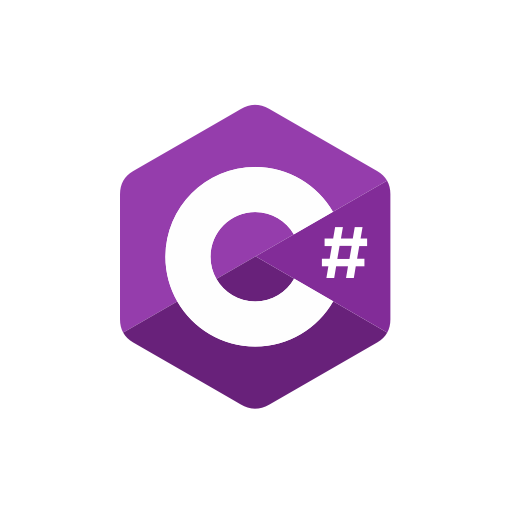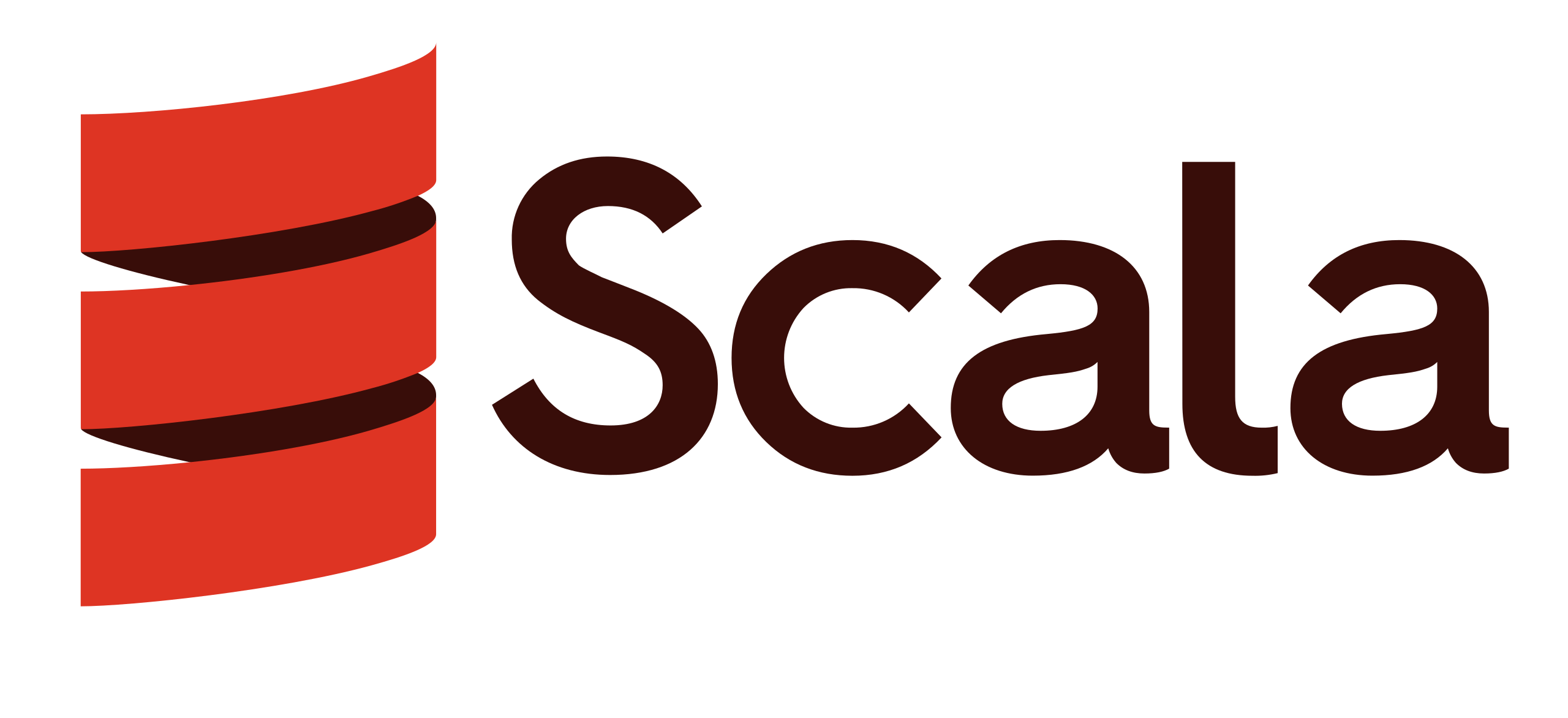The internet wouldn't have much to offer if backend development didn't exist. Frontend development is what you see and interact with when you use a website. The backend development is used when there is more to a website than meets the eye.
Backend development, often referred to as "server-side" development, consists of making all the internal operations of a website or application invisible to the user. A server, a database and an application usually form the backend.
Do you need quality backend development for your website or application? You are in the right place! Contact our experienced backend developers and request a customized quote to take your project to the next level:
Backend Development

When you use a website and enter data, that data is stored in a database located on a server. Your results are then returned as frontend code for the website. Buying an airline ticket on a website illustrates backend development in action. The frontend development of the website is all you see.
However, if you're interested in becoming a backend developer, you've come to the right place. This blog post will explore the basics of backend development and teach you everything you need to know to get started in this exciting field. So, if you're ready to learn, this post has something for you - read on!
Outsourcing for your backend development
Table of Contents
What is backend development?

The term "backend development" refers to the creation of server logic that controls web applications from the backend. Backend development, as the name implies, involves server-side application logic and tasks such as API creation, library development and working with system components.
Backend developers manage and maintain the backend of a website, including databases, servers and applications.
Who is a backend developer?
Now that you have an overview of backend development, it is important to understand what it consists of. Backend developers are responsible for the website architectureThe data must be kept consistent and intact, the creation of scripts and the code that connects the website database to the user's browser. The data must be kept consistent and intact.
A web developer backend specializes in designing, building and testing the business and backend logic of an application. Backend developers are responsible for choosing the best and most appropriate tools and technologies for projects, along with other members of the development team.
Types of backend languages
File size, performance, compatibility, number of lines of code required and programming style vary among backend programming languages. Object-oriented programming, a programming method that groups features and functions into objects, is used in several backend scripting languages.
Other programming languages can be compiled rather than interpreted, which affects the application's load time, readability and processing requirements. Here are the different types of backend programming languages:
C++

It combines all the features of C with object oriented programming tools such as classes in C++. It is used as a low-level scripting language to communicate effectively with the system hardware for improved performance.
C#

The preferred language for Windows servers and environments is C#. If your web development team uses Microsoft technologies such as ASP.NET as the basis of your technology stack, C# is likely to be the most effective language for them.
Java

The general purpose programming language Java was created with cross-platform interoperability in mind. Java programs can run on any computer with the Java Virtual Machine (JVM) installed.
JavaScript (Node.js)

The development with Node.js demonstrated to the world that this general-purpose object-oriented scripting language, previously considered a frontend development language, can also be used on the server side of applications.
PHP

The most commonly used backend code for web pages is the PHP code. In addition to having a large code base and a long history of support from the open source developer community, PHP has a low learning curve and is ideal for use on the backend of web sites.
Python

The general-purpose scripting language Python has a powerful library for data processing. Python's simple syntax and compact code length make it a more productive scripting language for backend development. In addition, it is ideal for AI and machine learning driven projects due to its simplicity, flexibility, powerful libraries and frameworks, platform independence and large communities.
Perl

Perl is a general-purpose programming language created by Larry Wall in the 1990s and is well known in the Linux and Unix communities. Excellent for text editing and record management, Perl is ideal for quickly creating short automation programs.
Scala

The general-purpose programming language Scala supports both functional and object-oriented programming paradigms. The Java Virtual Machine (JVM), which is compatible with Java, continues to support Scala because it is based on Java.
Ruby

Ruby is a dynamically typed general-purpose programming language created in the mid-1990s by Yukihiro "Matz" Matsumoto and is known for its productivity for programmers. It is known for its ability to include metaprogramming (code that can change while executing) in applications and for its support of procedural, functional and object-oriented programming paradigms.
Tools and backend technology
Backend development can be much more diverse, influenced primarily by JavaScript, HTML, CSS and other backend frameworks that leverage these languages. For simplicity, we'll divide the server side into four key components of the "software stack": the server, the database, the operating system and the software development. More details on each of these backend elements are provided below:
Servers
The server is the network engine of the four backend development components of your stack, whether local or in the cloud. These powerful computers provide shared resources, such as file storage, security and encryption, databases, email and web development services, which the networks need to function.
Once you understand the basics of local servers, expand your understanding by investigating virtualization, which describes how servers are configured to host different applications, and containerization, which describes another way servers configure their operating systems to host discrete programs.
Databases
In the context of a website, databases act as the brain that gives it its dynamic nature. When you request something from a website, whether you are looking for a product in an online store or hotels in a specific state, the database takes care of accepting your request, retrieving the information and returning it to the website.
New and modified data can be added when people interact with databases through a website or application. Whether users write articles in a CMS, upload photos to a social network profile or update their customer information, they can modify information in a database from the browser.
Middleware
Middleware essentially refers to any server-side software that connects the logic of an application between the frontend and the backend. Think of middleware as your website's plumbing: it sends requests and responses back and forth from your application to the server or database.
Like the plumbing in a house, middleware is invisible but necessary, and must be reliable and consistently perform the expected tasks. Middleware (server-side software) creates an intermediate layer between the application(s) and the network, including the server, database, operating system and others, to enable client-server interaction.
Regardless of whether it is the presentation or the enterprise layer, middleware can be multi-layered and organized at various levels of a website. Web APIs can also be used in this area of the stack to act as a link between the business layer and the presentation layer.
In addition, the middleware provides data integration and error handling services while enabling communication between on-premises and cloud applications.
APIs

Today, it is impossible to talk about the backend element of an application without mentioning APIs (application programming interfaces) and the seamless connections they establish between software, applications, databases and services.
Most server-side software designs are built using APIs, which often replace more complex programming to enable communication and data transmission between software and applications.
Common skills needed for backend development
Three devices, servers, databases and APIs have their developments in the backend. A backend developer must often be familiar with the programming languages of these systems.
Some of these languages are Python, Java, .NET, Haskell, Clojure, Structured Query Language (SQL), RoR and PHP. Backend developers should be familiar with how servers, databases and APIs work. They won't know how to create one without that. They must also:
- Understand accessibility and safety requirements.
- Since they will frequently work with frontend developers, they should be familiar with frontend web technologies such as HyperText Markup Language (HTML), Cascading Style Sheets (CSS) and JavaScript.
- Possess the ability to control a hosting environment, including database management and application scaling as workloads vary.
- Know version control and documentation so that others can pick up where you left off as a developer without getting lost or making illogical modifications or adjustments.
Backend development process
The part of an application hidden from users is called the backend, CMS (content management system) or back-office (but not for the administrator or developers).
Must:
- Use the application to access the information consumers need.
- Combine and restructure such information.
- Then deliver it to the applicant in revised form.
To make the frontend active, the backend enters the application, so to speak.
A backend platform has three responsibilities, as mentioned above. Let's take a closer look at each:
Access the information users require through the application.
Regardless of the nature of the product, an app's customers are constantly asking for data. This is true whether it's an app to get information about maps and public transportation schedules or a game for kids that lets them create their own Barbie dolls.
Sounds complicated, doesn't it? While it can be complicated, a solid backend can accurately locate the necessary data. Its structure is based on the specific concerns you will need to address during its lifetime, which is key.
Combine the collected information and transform it
An application may need data or information from several databases located in many places. The backend's job at this stage is to locate the precise information the user needs within the numerous and vast databases and then integrate it in a way that produces effective results.
Imagine you have downloaded a navigation application and now you are interested in learning how to get to your new job quickly. In this case, the application will need to access your city's bus databases, as well as any other public transportation, cab services and Google Maps.
Deliver the information to the user
Once the backend has compiled and aggregated all the necessary information, it must be delivered to the user. But how many people can read the information that the backend generates in pure code?
Probably not many. Therefore, "translators" are required on the backend to convert pure code into human language.
Importance of backend development
Full-stack developers should focus on frontend and backend development when building a new website. The code that website users can see is the frontend of an application. Typically, frontend code develops user interfaces that allow a program to communicate with actual users.
The backend code is complex and crucial because it interacts with the application, the server and the database.
On the other hand, the backend code communicates with the server and sends information for users to view. The application, the web server and the database are handled by the backend code. The backend code is complex and crucial because it interacts with the application, the server and the database.
Exchange of information
As mentioned earlier, the backend of a website consists of three essential components: an application, a web server and a database. Users must enter a login ID and password to access the website's user interface. The backend verifies the login information and password provided by the user.
Similarly, any data entered by the user is stored in the databases by the backend code. In addition, the backend retrieves data from the database and sends it to the user interface for the user to view. As a result, the backend of a website serves as its structure and as a means of information exchange.
Diversity of environments
Companies use a variety of environments to deploy websites and online applications. For example, while some companies prefer to install web applications in the cloud, others prefer to run websites on web servers. Many companies even combine the two hosting solutions for advantages such as better performance and scalability.
Web server configuration varies from network to network. In addition, programmers often split the server-side workload among multiple computers. Developers must customize the backend of websites due to the variety of hosting configurations.
Application logic
To facilitate the creation and maintenance of Web sites, most programmers today keep the user interface and application logic of a Web site separate. The application logic handles the routine data processing required by each business and the infrastructure components of an application.
The application logic of a website is located in the backend. To enable seamless switching from one user interface to another and for multiple user interfaces to access the same application logic, developers must focus on backend web development.
Add utility to each frontend functionality
Programmers must create backend code as part of the Web site development process to make each frontend functionality more useful. For example, they must write code in a server-side programming language to add functionality to a user login form.
The backend code will collect the values each time a user submits their login information and compare them with the information stored in the databases. Similarly, backend programming provides different forms, profiles and account capabilities. Consequently, without high-quality backend programming, no website can function properly.
Impact on the website user experience.
In the long run, the popularity of a website is influenced by its usability and user experience. All the operations necessary to make a website work are performed on the backend, as mentioned above. Therefore, the quality of the backend code will affect the user experience provided by a website.
Any flaw in the backend code can cause a website to crash frequently, run slowly or even crash completely. In addition, security issues can damage a website's reputation. As users consider their previous experiences on the site, the backend of a website is crucial to user retention.
Conclusions: The Fundamentals of Backend Development
In short, backend development is essential for the efficient and effective operation of the websites and applications we use every day. It involves the creation and management of servers, databases, middleware and APIs to ensure that users can interact with applications quickly and securely.
Backend developers play a critical role in building robust and reliable software systems that enable businesses to deliver high-quality online services. With a solid understanding of programming languages, tools and backend technology, as well as the necessary skills, backend developers are an invaluable part of the web development community.
If you are interested in delving into the world of backend development, we encourage you to explore the languages and tools mentioned above, as well as delve into the intricacies of this exciting and constantly evolving field. Backend development is the backbone of the modern web, and professionals in this field play an essential role in building the digital future.

